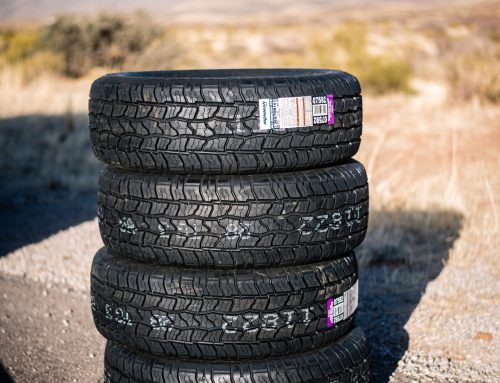Tire size matters a lot more than just how your car looks—it directly affects performance, safety, comfort, and efficiency. Here’s how:
1. Handling and Stability
-
Wider tires provide more contact with the road, which can improve grip, cornering, and braking.
-
Narrower tires can cut through snow or water more effectively, reducing hydroplaning risk.
2. Ride Comfort
-
A larger wheel diameter with a lower-profile tire (thin sidewall) usually gives sharper handling but a rougher ride.
-
A smaller wheel with a taller tire sidewall absorbs bumps better and provides a smoother, more cushioned ride.
3. Fuel Economy
-
Bigger, wider tires often increase rolling resistance, which can lower fuel efficiency.
-
Properly sized, narrower tires generally roll easier and improve miles per gallon.
4. Speedometer and Odometer Accuracy
-
Changing tire size changes the wheel’s circumference. If the diameter is larger than stock, your speedometer may read slower than your actual speed, and vice versa.
5. Clearance and Fit
-
Oversized tires can rub against fenders, suspension, or wheel wells. Undersized ones may not support the car’s weight properly. That’s why manufacturers list recommended tire sizes for each vehicle.
6. Safety
-
Using the wrong tire size can affect braking distance, traction, and overall handling, especially in emergency maneuvers.
-
It can also stress suspension parts and steering components.
✅ Bottom line: Tire size is a balance between looks, comfort, performance, and efficiency. It’s best to stay within your manufacturer’s recommended range, but you can adjust slightly depending on your driving style (e.g., sportier feel vs. smoother ride).


